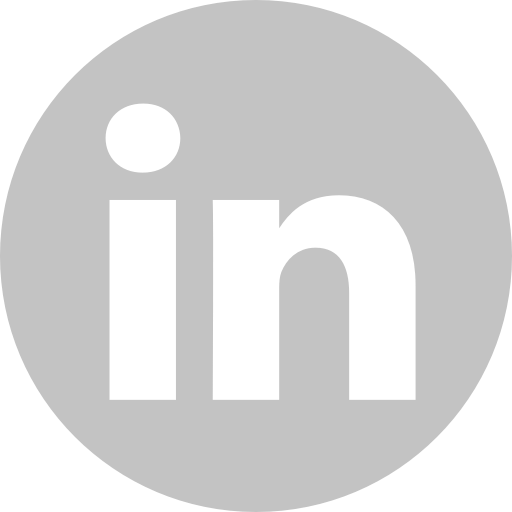The Profitability of Creativity: How Agencies Can Balance Talent Costs with Deliverables
October 10, 2024
Agency owners are well aware that achieving profitability without sacrificing innovation is a constant challenge. This is where revenue recognition automation becomes a game-changer. By automating the process of recognizing revenue, agencies can accurately forecast income, manage expenses, and ensure that talent costs are aligned with project deliverables and financial goals. With the right tools, agencies can strike a balance between maintaining high creative standards and achieving sustainable business growth. But how exactly can they optimize their talent without compromising on either end?
Talent Optimization: The Key to Balancing Creativity and Profitability
Talent is both the greatest asset and the most substantial expense for creative agencies. From designers to copywriters to project managers, the costs of maintaining a high-performing team can quickly add up. To remain profitable, agencies need to optimize how they deploy their talent, ensuring that creative output aligns with business objectives.
One way to achieve this is through accurate forecasting. By forecasting revenue based on billable hours, agencies can align their creative deliverables with financial targets, ensuring that every hour of work contributes to the bottom line. With revenue recognition automation, agencies can automate this process, reducing errors and freeing up time for strategic planning.
Forecasting Revenue with Billable Hours
The ability to forecast revenue accurately is crucial for any agency that wants to scale sustainably. By automating revenue recognition based on billable hours, agencies can gain a clearer picture of their financial future. This approach allows agencies to better plan for staffing needs, manage client expectations, and ensure that projects remain on budget.
For example, if an agency knows that a particular project requires 500 billable hours, it can forecast the expected revenue and ensure that the project is staffed appropriately. The right platform can automate this process, providing real-time insights into how billable hours are accumulating and whether the project is on track to meet financial targets.
Platforms like Accountability offer this capability, enabling agencies to forecast revenue accurately and align creative deliverables with financial goals. This ensures that every creative effort is not only innovative but also contributes to the agency's profitability.
Monitoring Project Costs with Work-in-Progress (WIP) Management Tools
Another essential component of balancing talent costs with deliverables is effective project cost management. Creative projects are inherently unpredictable, and costs can spiral out of control if not carefully managed. Work-in-progress (WIP) management tools allow agencies to monitor project costs and profitability in real-time, ensuring that creative output remains within budget.
With revenue recognition automation integrated into WIP management, agencies can automate the tracking of project expenses, reducing the risk of budget overruns. This provides a clearer understanding of how each project impacts the bottom line, enabling more informed decisions about resource allocation.
For instance, if a project is approaching its budget limit, the platform can alert the agency in real-time, allowing for adjustments to be made before it's too late. This could mean reallocating resources, adjusting the scope, or renegotiating with the client. By having this level of visibility, agencies can keep creative projects on track without compromising on quality.
Centralizing Job and Financial Data for Informed Decision-Making
In a busy agency, information is often scattered across multiple systems – from project management tools to financial software. This fragmentation makes it difficult to get a clear view of how talent is being used and whether creative teams are operating efficiently. By centralizing job and financial data, agencies can make more informed decisions about talent deployment, ensuring that teams are both cost-effective and high-performing.
Centralization is especially important when it comes to revenue recognition automation. By consolidating all relevant data in one platform, agencies can streamline the revenue recognition process, reduce administrative overhead, and ensure compliance with accounting standards. This not only improves financial accuracy but also frees up time for more strategic tasks, such as optimizing talent allocation.
For example, if an agency sees that one team is consistently delivering projects under budget while another struggles to meet deadlines, it can adjust its approach accordingly. This might involve shifting resources, investing in additional training, or reevaluating client agreements. The goal is to ensure that every team member is deployed in a way that maximizes both creative output and profitability.
Leveraging Accountability’s Platform for Talent Optimization
Platforms like Accountability provide the tools agencies need to achieve this delicate balance. By offering features such as revenue recognition automation, WIP management, and centralized data, Accountability helps agencies forecast revenue, monitor project costs, and make data-driven decisions about talent deployment.
- Forecasting Revenue Based on Billable Hours: With Accountability, agencies can accurately forecast revenue by automating the calculation of billable hours. This ensures that creative deliverables are aligned with financial targets, providing a clear roadmap for both project managers and financial teams.
- Real-Time WIP Management: Accountability’s WIP management tools provide real-time visibility into project costs and profitability. By integrating revenue recognition automation, agencies can track expenses automatically and make adjustments as needed, keeping projects on budget and ensuring profitability.
- Centralized Job and Financial Data: Accountability consolidates all job and financial data into one platform, enabling agencies to make informed decisions about talent deployment. This centralization ensures that creative teams are used efficiently, reducing costs and maximizing performance.
Why Revenue Recognition Automation is a Game-Changer for Creative Agencies
In the competitive landscape of creative agencies, balancing talent costs with deliverables is a constant challenge. By automating the revenue recognition process, agencies can gain greater control over their finances, improve accuracy, and free up time for creative work. This automation enables agencies to forecast revenue more effectively, monitor project costs in real-time, and make data-driven decisions that optimize talent deployment.
With the right platform, agencies can achieve the perfect balance between creativity and profitability. Revenue recognition automation is not just a financial tool – it’s a strategic asset that empowers agencies to scale without sacrificing their creative edge.
Explore the Future of Creative Agency Management
To stay competitive, agencies must leverage tools that provide a holistic view of their creative and financial landscapes. Platforms like Accountability offer revenue recognition automation, WIP management, and centralized data capabilities that agencies need to thrive.
Schedule a free demo today and discover how to transform your agency’s financial management with automated precision.


